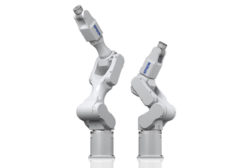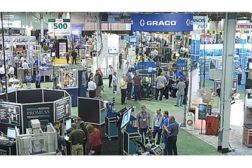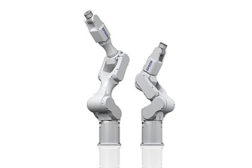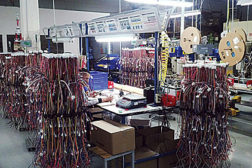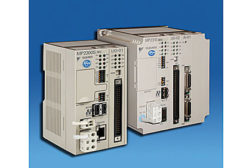John Sprovieri
John has been with ASSEMBLY magazine since February 1997. John was formerly with a national medical news magazine, and has written for Pathology Today and the Green Bay Press-Gazette. John holds a B.A. in journalism from Northwestern University, Medill School of Journalism.
ARTICLES
The ASSEMBLY Show Preview
Some 200 exhibitors will display the latest technologies at this year’s ASSEMBLY Show.
October 3, 2014
Simplifying integration of peripheral devices
MotionWorks will be able to work with HMIs from several widely used vendors.
October 2, 2014
Never miss the latest news and trends driving the manufacturing industry
Stay in the know on the latest assembly trends.
JOIN TODAY!Copyright ©2024. All Rights Reserved BNP Media.
Design, CMS, Hosting & Web Development :: ePublishing


